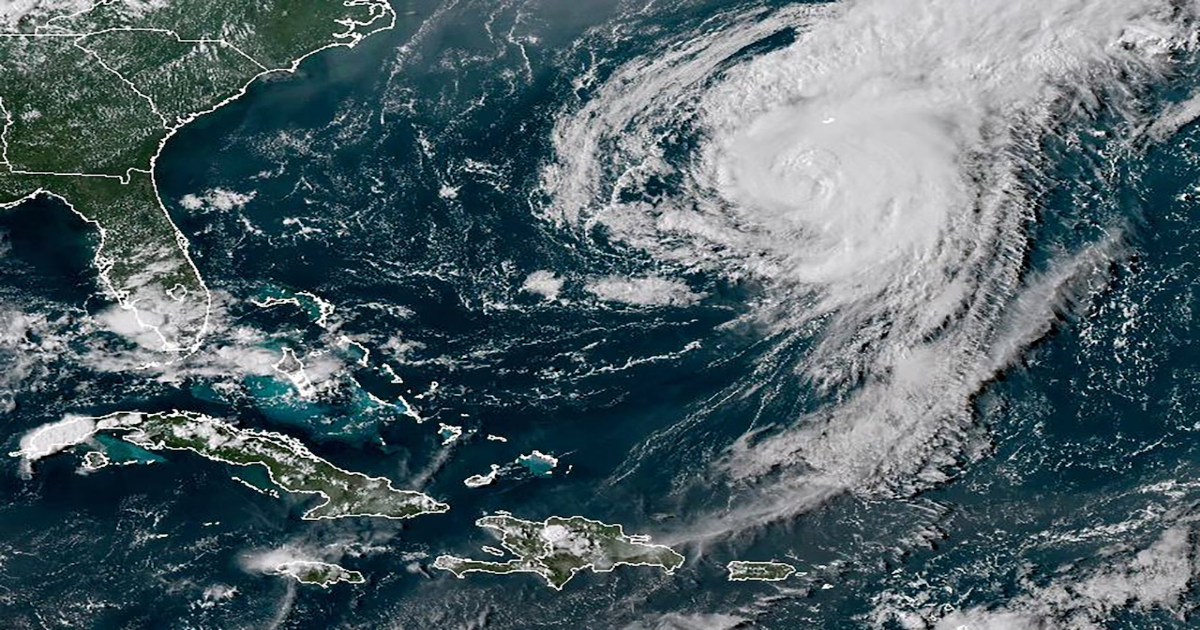Hurricane season starts next week, and the National Oceanic and Atmospheric Administration said it’s expected to be an above-normal storm season.
On Thursday, NOAA released its outlook for the 2025 Atlantic hurricane season and predicted a 60% chance that it could see above-normal conditions, with a 30% chance that it could be near normal, according to a statement.
From June 1 to Nov. 30, forecasters anticipate between 13 to 19 named storms with winds that are 39 mph or higher. Of the storms predicted to be hurricanes, six to 10 of them are expected to become hurricanes with winds of 74 mph or higher. This includes three to five major hurricanes that could become category 3, 4 or 5 storms with 111-mph winds or higher.
One of the factors includes El Niño/Southern Oscillation (ENSO)-neutral conditions, a recurring climate pattern involving changes in the temperature of waters in the central and eastern tropical Pacific Ocean, according to the National Weather Service.
Other factors include warmer-than-average ocean temperatures, forecasts for weak wind shear and the likelihood of higher activity from the West African Monsoon, which is a main starting point for hurricanes in the Atlantic Ocean, NOAA stated.
Warmer temperatures in the ocean and reduced trade winds allow more energy to fuel the formation of these storms, according to NOAA. Weaker winds will allow the storms to form without any disruption.
“As we witnessed last year with significant inland flooding from hurricanes Helene and Debby, the impacts of hurricanes can reach far beyond coastal communities,” Acting NOAA Administrator Laura Grimm said in the statement. “NOAA is critical for the delivery of early and accurate forecasts and warnings, and provides the scientific expertise needed to save lives and property.”
NOAA’s National Weather Service Director Ken Graham praised the advanced models and warning systems for forecasting these major storms.
“This outlook is a call to action: be prepared,” Graham said in NOAA’s statement. “Take proactive steps now to make a plan and gather supplies to ensure you’re ready before a storm threatens.”
The agency added that it will improve its forecast communications and storm recovery efforts. This includes an upgrade to the Hurricane Analysis and Forecast System. This system tracks storms and provides intensity forecasts to meteorologists in order to provide accurate watches and warnings.
The National Hurricane Center and the Central Pacific Hurricane Center will provide tropical storm advisories up to 72 hours before a storm or tropical-storm-force winds make landfall.
Lastly, NOAA’s Climate Prediction Center’s Global Tropical Hazards Outlook will be extended from two weeks to three weeks in order to give people in the path of a storm more time to prepare and respond.
The Climate Prediction Center is expected to give an update on the 2025 Atlantic seasonal outlook in early August, before what’s expected to be the season’s peak.
